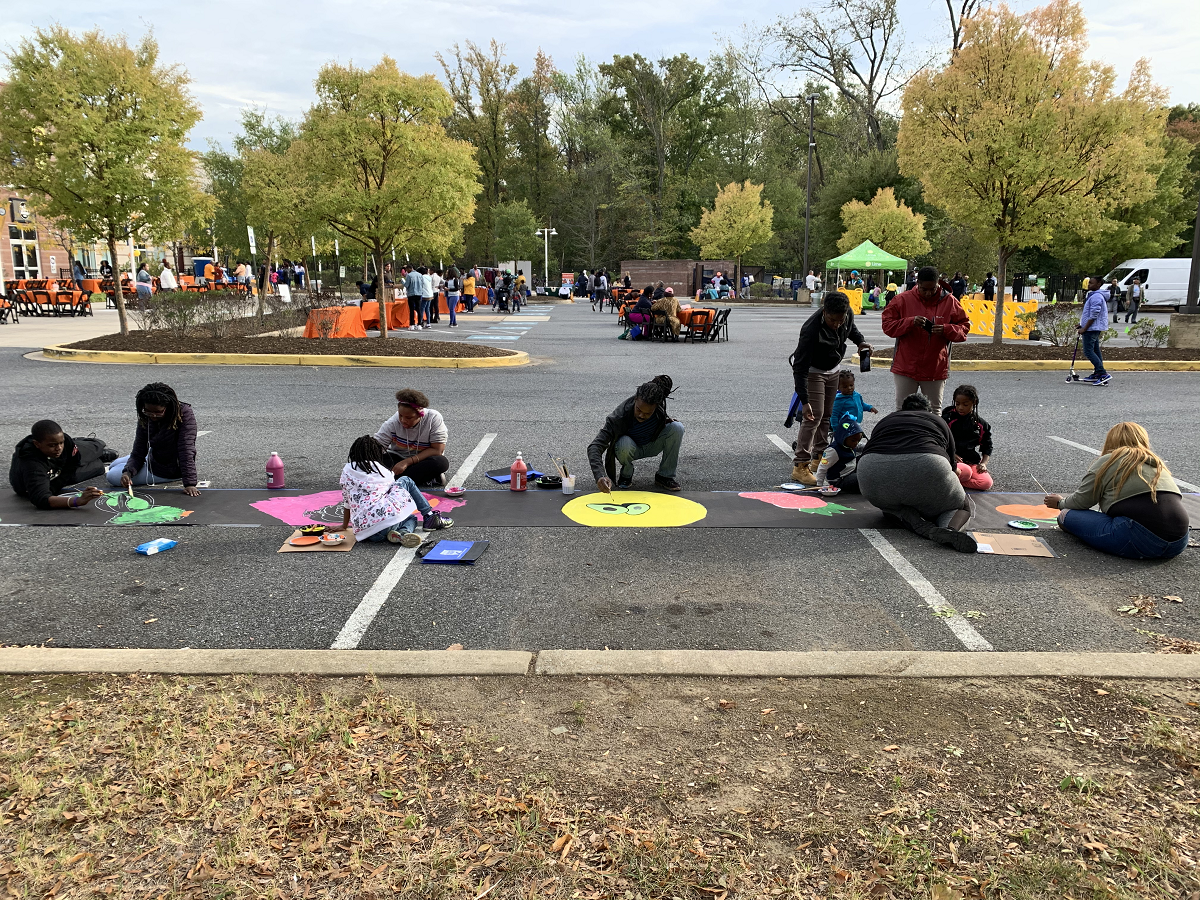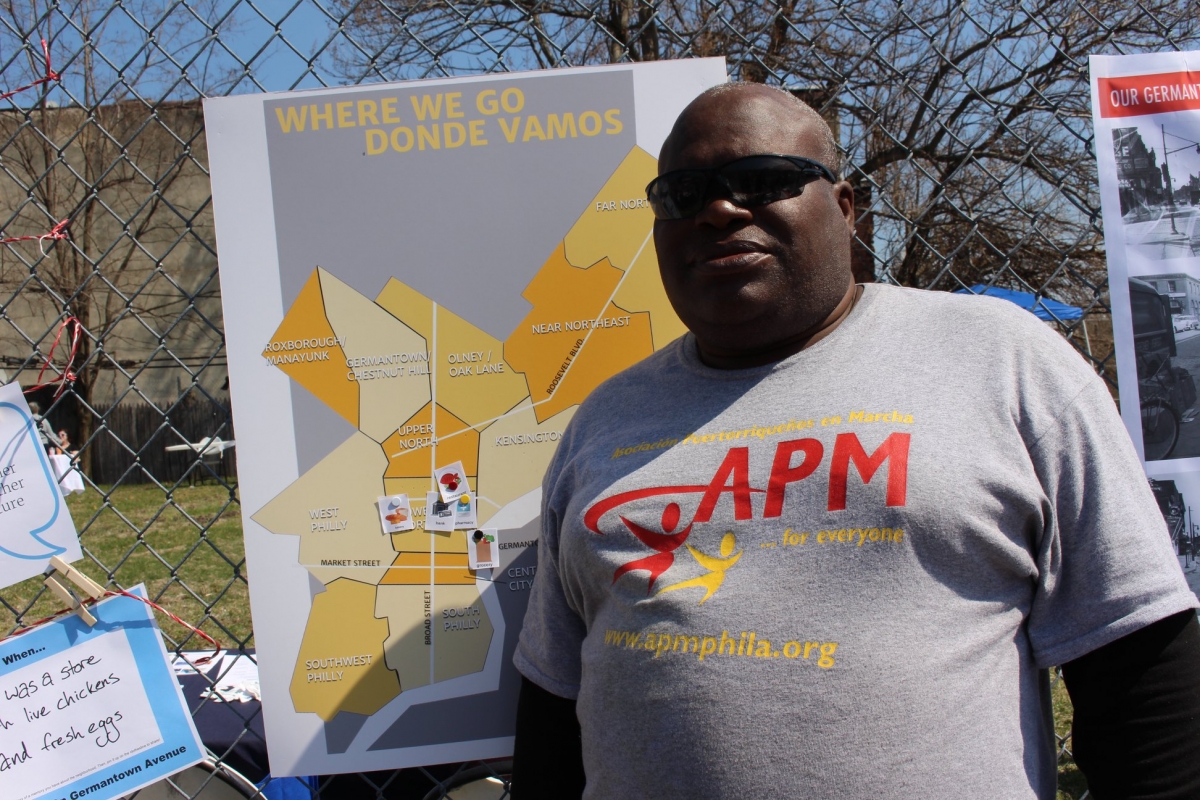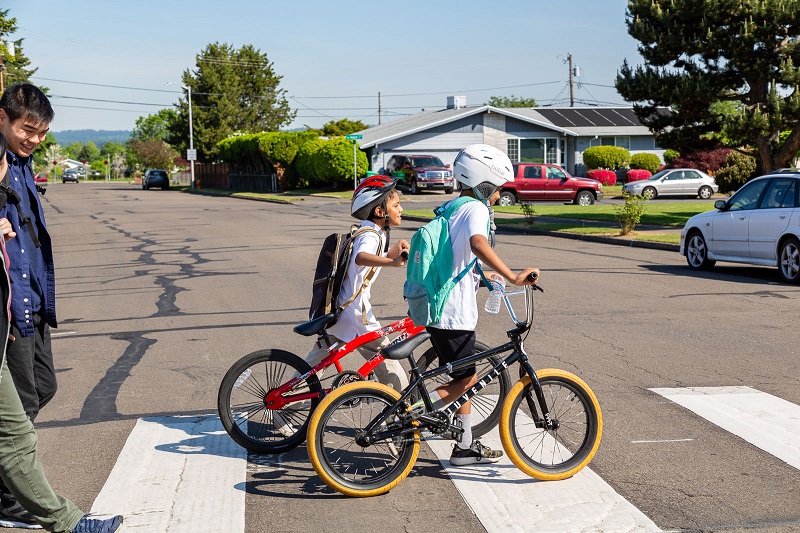 As we celebrate our holidays, the end of a decade and the prospects that lie ahead I am especially grateful for our community this year and the opportunity we had to gather in person at the Safe Routes to School National Conference in Tampa, FL.
As we celebrate our holidays, the end of a decade and the prospects that lie ahead I am especially grateful for our community this year and the opportunity we had to gather in person at the Safe Routes to School National Conference in Tampa, FL.
Resource Library
Our Educator Guide helps interested teachers and after-school program providers easily integrate Safe Routes to Schools lessons into their curriculum.
This tool is designed to help school board members, administrators, families of students, and community members create and implement district policies that support active transportation and Safe Routes to School programs.
Safe Routes to School improves sidewalks and street crossings and creates safe, convenient, and fun opportunities for children to bicycle and walk to and from school. The CDC has recognized Safe Routes to School as one of a handful of programs that are cost-effective and show significant population health impacts within five years.
Late last week, Congress passed a bill to continue funding the federal government agencies and programs until the end of December, giving them several more weeks to keep negotiating on spending levels. Also included in that bill, which President Trump signed into law, was language to cancel the pending transportation rescission. As we have discussed a few times in recent months, this $7.6 billion rescission would have likely taken more than one year’s funding away from the Transportation
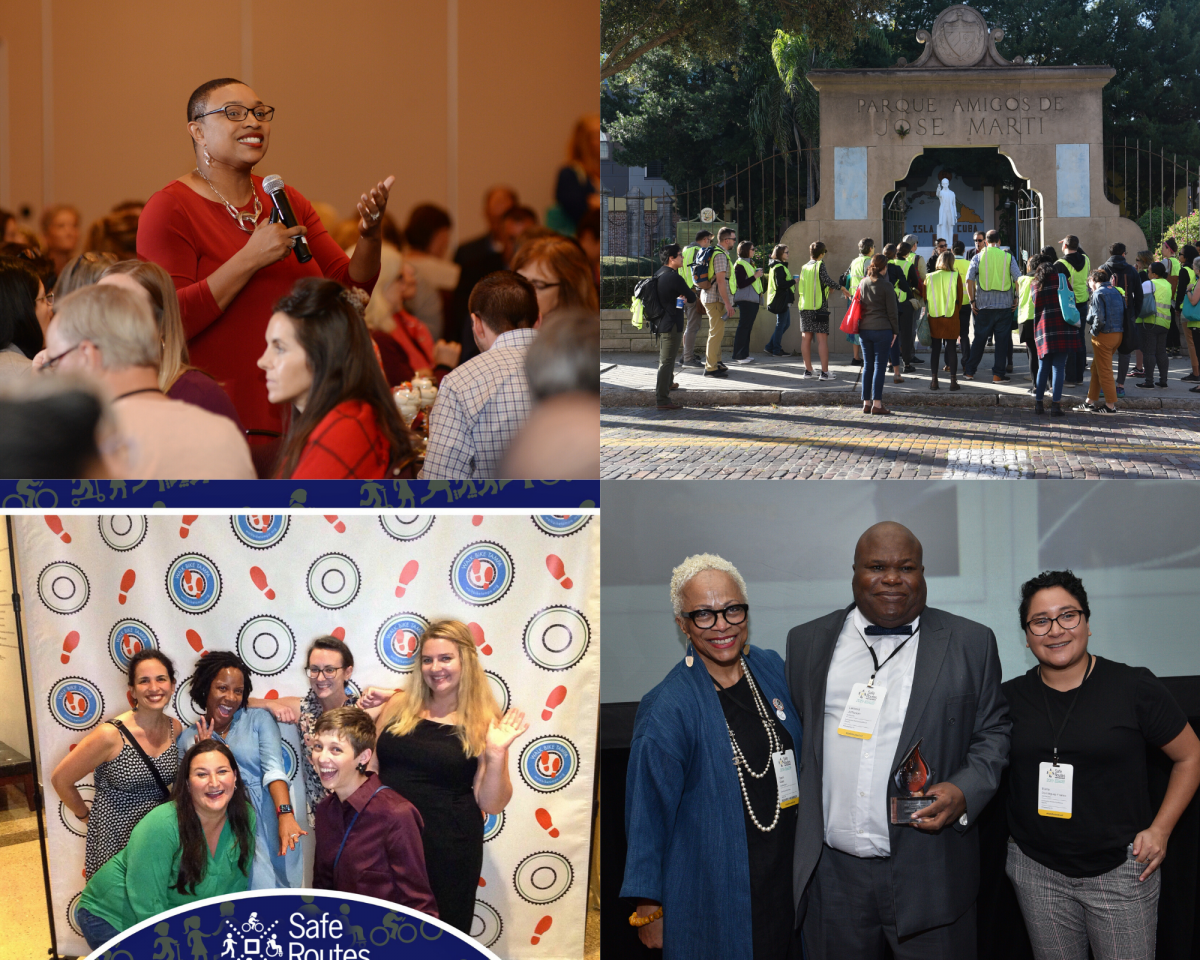
We continue to feel inspired and energized by the Safe Routes to School National Conference. Thank you to everyone who traveled to Tampa to join us, and for sharing your knowledge, challenges, and ideas over the past 3 days. If you missed the conference, we're pleased to share a recap of highlights.
Day One
Three months ago, the Senate Environment and Public Works Committee passed its transportation reauthorization bill, the America’s Transportation Infrastructure Act of 2019, which included significant funding increases and policy improvements for biking and walking. Unfortunately, we have seen no further movement in the Senate yet, and the bill must still pass through three more Senate committees before it can be voted on.
It's the all-important end of the federal fiscal year, so we have a lot to report on for how states are handling their Transportation Alternatives Program (TAP) funding. We always see a lot of activity in the last quarter of a fiscal year, but this year we saw more than usual because states are preparing for an impending rescission.
This report provides an introduction to MPOs for those who want to better understand regional planning and how to influence it to benefit health, active transportation, and equity.
This guest blog post was written by Vanessa Cascio, Lead Community Liaison, Living Streets Alliance, Tuscon
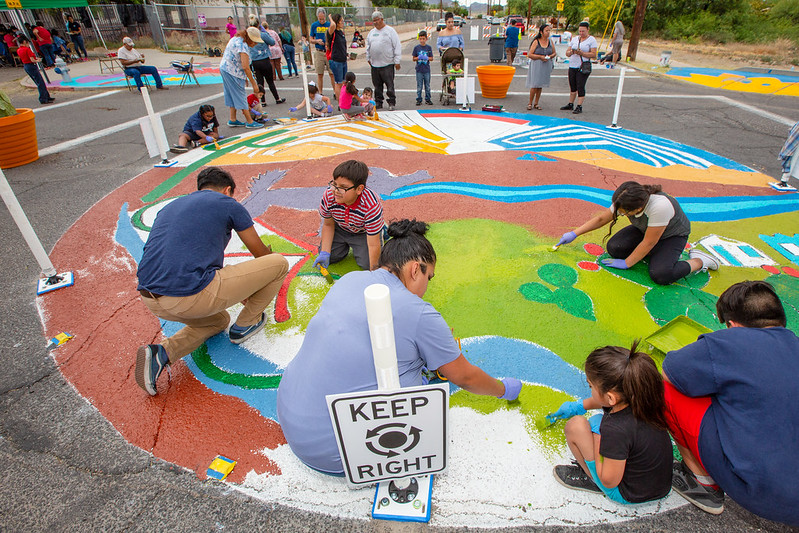
The Safe Routes Partnership is pleased to announce a three-part webinar series designed to encourage Californian jurisdictions to apply for Cycle 5 of the Active Transportation Program (ATP) and provide insight from applicants who were successful in previous cycles.
Interested in learning about the innovative and promising ways that metropolitan planning organizations (MPOs) are advancing public health in the United States?
Metropolitan Planning Organizations (MPOs) are some of the most influential agencies that most people have never heard of.
Making sure that community members can travel safely by foot, bus, or bike to get to where they need to go is an essential part of a healthy community. As a result, it is important that the concept of Vision Zero be fully implemented in every part of District of Columbia.
Evaluation is a critical step to help programs assess the impact and effectiveness of your efforts to improve safe and equitable access to parks.

Seasoned Settlers is a Washington, D.C. metro-based educational entertainment organization putting a creative spin on safety. We talk to Executive Director Sweeetz LaBamba about public safety as a collective responsibility, the power of arts engagement, and how a career in clowning led her to become one of the District’s most dynamic safety advocates.
This report provides an overview of beneficial approaches taken by MPOs to advance health, support walking and biking, and create more equitable communities.


